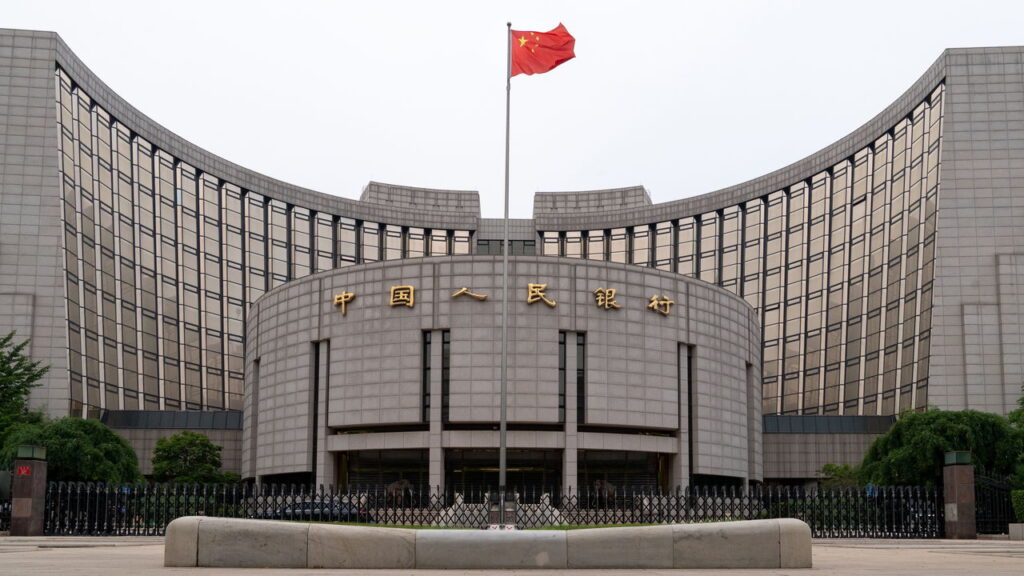In recent years, the bond market has proven to be a powerful force in shaping economic policies and influencing government actions. Governments around the world are keenly aware of the power wielded by bond-market “vigilantes”, who can quickly punish countries for policies they deem irresponsible by selling off their debt. This can lead to a decrease in the price of sovereign debt, causing yields to rise and making it more expensive for governments to borrow money. The fear of igniting the wrath of these vigilantes has led many governments to tread carefully when it comes to fiscal and monetary policies.
Financial regulators are also concerned about potential malfunctions in the bond market, such as unsettled trades and failed transactions. These types of incidents can create chaos and uncertainty in financial markets, causing widespread panic and instability. The fallout from such events can have far-reaching consequences, as demonstrated by the global financial crisis of 2008.
One recent example of bond-market vigilantes flexing their muscles occurred in 2019 when investors punished Argentina for its economic mismanagement by selling off its bonds. This led to a sharp increase in borrowing costs for the country, exacerbating its already dire financial situation. The episode served as a stark reminder of the power wielded by bond-market investors and the importance of sound economic policies.
Despite the potential risks associated with the bond market, it remains a crucial component of the global financial system. Bonds serve as a means for governments and businesses to raise capital, and they provide investors with a safe and reliable source of income. The bond market also plays a key role in setting interest rates, which can have a significant impact on economic growth and inflation.
In recent years, central banks have played a more active role in the bond market through their quantitative easing programs. These programs involve the purchase of government bonds and other securities in order to stimulate economic activity and support financial markets. While these actions have been effective in stabilizing economies during times of crisis, they have also raised concerns about the potential for market distortions and asset bubbles.
Moving forward, policymakers and regulators will need to carefully monitor the bond market to ensure its stability and prevent potential disruptions. This will require a combination of effective oversight, transparency, and regulation to safeguard against malfunctions and abuses. By maintaining a vigilant watch over the bond market, authorities can help ensure that it continues to function smoothly and contribute positively to the global economy.



